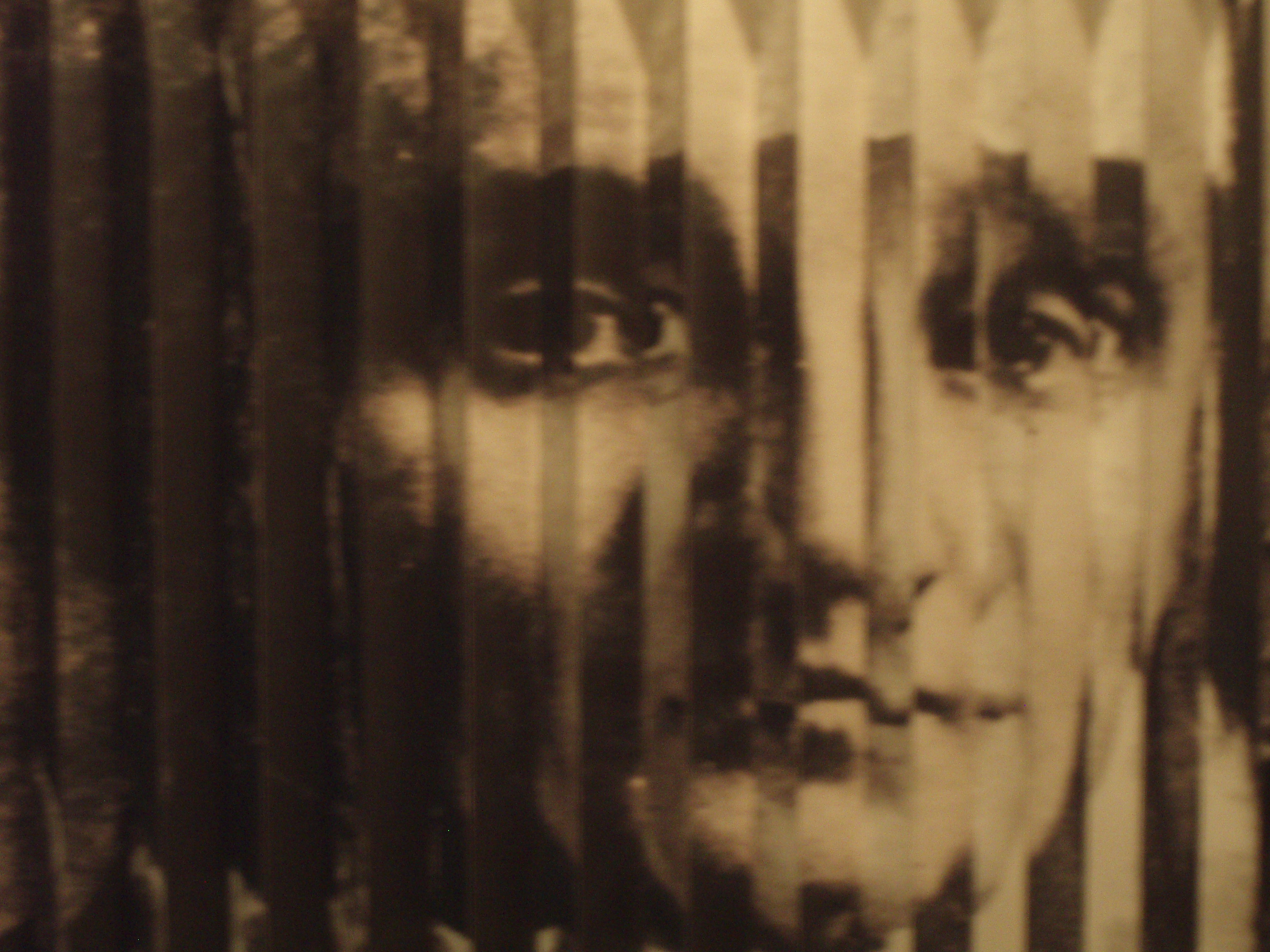Abstract
The purpose of this class activity is to acquaint students with the idea of the sociological imagination and demonstrate its relevance for their own personal lives by exploring their friendship patterns. Students discuss the friendship diversity scores they’ve calculated and the overall pattern of such scores in the class, drawing comparisons between...Download this resource to see full details. Download this resource to see full details.
Details
- Subject Area(s):
- Race, Class and Gender
- Resource Type(s):
- Class Activity, PowerPoint
- Class Level(s):
- Any Level
- Class Size(s):
- Medium
Usage Notes
TIME: 45-60 minutesSTEPS:
I typically conduct this exercise and discussion on the first day of class. When the class is divided into small groups, it can also be used as an ice-breaker for introductions.
Provide an overview of the sociological imagination (first slide), including how sociologists draw connections between private...
Download this resource to see full details. Download this resource to see full details.
Learning Goals and Assessments
Learning Goal(s):
-
Students will be able to draw comparisons between race, class, gender, and sexual orientation in terms of their impact on close friendships.
-
Students will learn how their close friendships reflect opportunity structures within society.
-
Students will gain a basic level of understanding of the sociological imagination and be able to apply it to the topic of friendship diversity.
Goal Assessment(s):
- The first learning goal is assessed through discussion of the first two discussion questions on the slide.
- The second learning goal is assessed through discussion of questions three and four on the slide.
- The third learning goal is assessed through discussion of the final question on the slide. Attention is paid to encouraging students to use the following terms: private troubles, public issues, biography, history/social context, agency, and constraint.
When using resources from TRAILS, please include a clear and legible citation.


